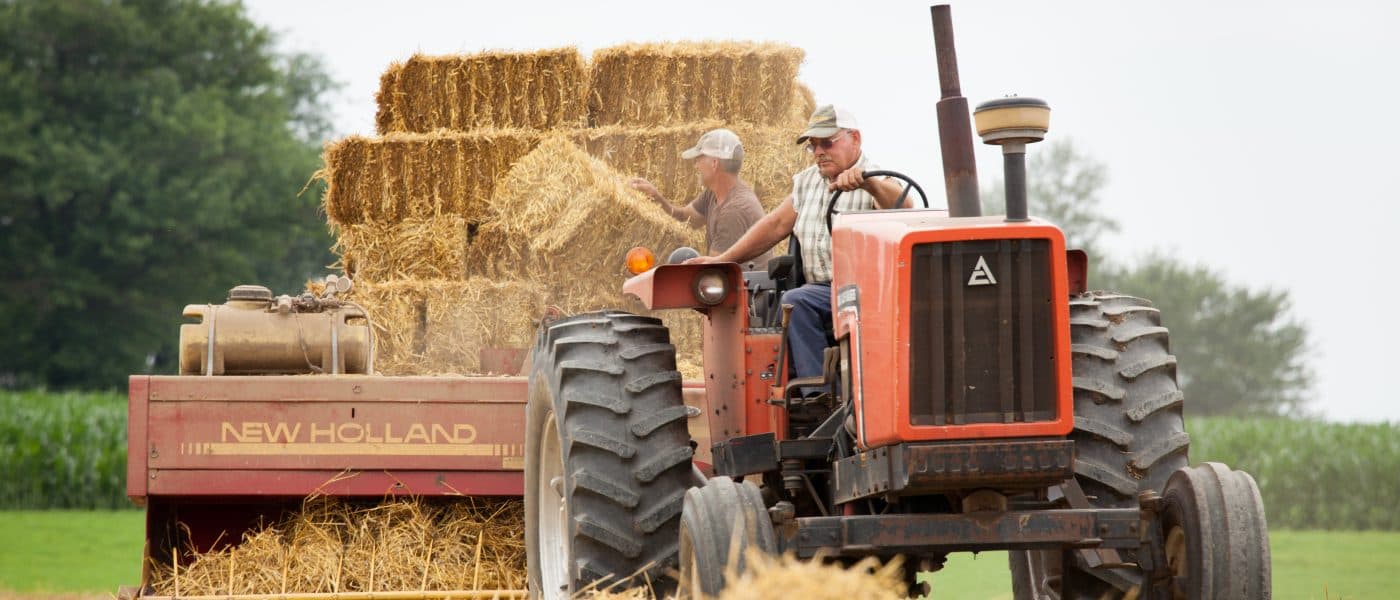 GIPSA (Grain Inspection, Packers and Stockyard Administration) rules recently received a metaphorical kick in the shins. While some important changes to the poultry and pork markets are moving forward, it appears that for now, the four beef packing companies who control 90 percent of the industry will continue to make it impossible for small ranchers to get a fair price for livestock.
GIPSA (Grain Inspection, Packers and Stockyard Administration) rules recently received a metaphorical kick in the shins. While some important changes to the poultry and pork markets are moving forward, it appears that for now, the four beef packing companies who control 90 percent of the industry will continue to make it impossible for small ranchers to get a fair price for livestock.
Seventy eight percent – more U.S. families than ever before – say they are choosing organic foods, according to a study published today by the Organic Trade Association (OTA). The strongest motivators for doing so included the belief that organic products are healthier, concern over the effects of pesticides, hormones and antibiotics on children and the desire to avoid highly processed or artificial ingredients.
A study conducted by the National Bureau of Economic Research found that as ozone levels (resulting from industrial emissions) decreased, worker productivity in the affected area increased. The study presents a counterpoint to those who argue that jobs would be lost if stricter government regulation of air pollution was put in place. On average, when ozone levels declined by 10 parts per billion — approximately the level of tightening proposed by the Environmental Protection Agency — worker productivity climbed 4.2 percent. It is estimated that this boost in productivity might yield a $1.1 billion annual increase in economic value in the nation’s agricultural sector.
Grist’s Tom Laskawy offers his thoughts on how to sustainably feed the now seven billion occupants of the world—namely, by overcoming political obstacles that cause us to wreak havoc on the planet.
Bruce Bradley, a former food marketer at companies like Nabisco, General Mills and Pillsbury, dishes on food industry deception and his transition from the Big Food world to Community Supported Agriculture. Bradley says, “Cheap food is very expensive once you add up the true costs — like the taxes you pay to subsidize Big Food companies, health consequences like obesity or diabetes, the devastating harm to our environment, and the inhumane treatment of animals raised within the industrialized food system.”
The National Young Farmers Coalition has released their first report, Building a Future With Farmers: Challenges Faced by Young, American Farmers and a National Strategy to Help Them Succeed, on the resources that the next generation will need to overcome the tremendous barriers to starting a career in agriculture.
According to new data released by the U.S. Food and Drug Administration, sales of antibiotics intended for domestic food animals increased 6.7 percent from 2009 to 2010, while total meat production only increased 1.3 percent. I think I’ll take a rain check on that hamburger.
On a more positive note, on November 1st Chicago Public Schools began serving local chicken raised without antibiotics to students in 473 schools. The program includes about 1.2 million pounds from Amish farms—no other district in the nation is serving this kind of poultry regularly at such a scale. Students will be offered bone-in chicken two to three times each month.

